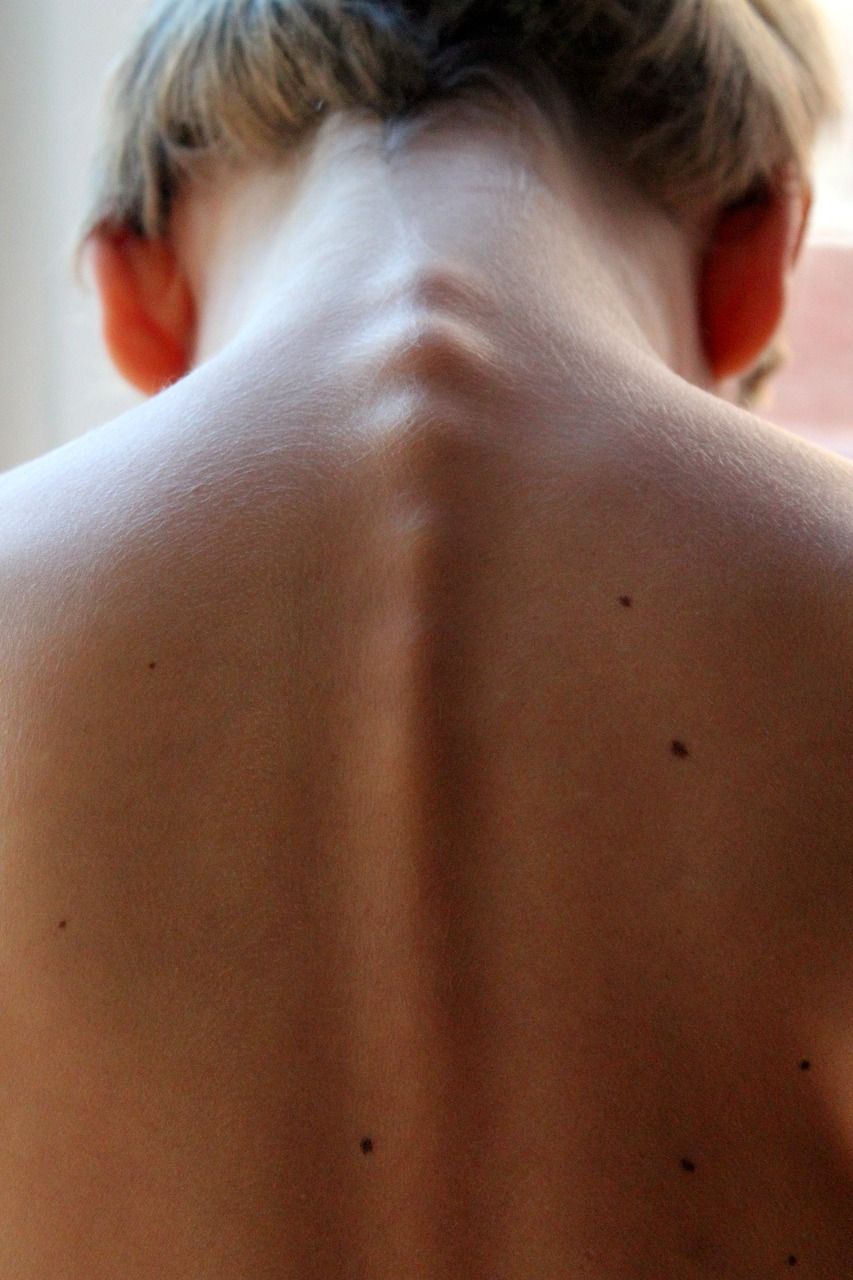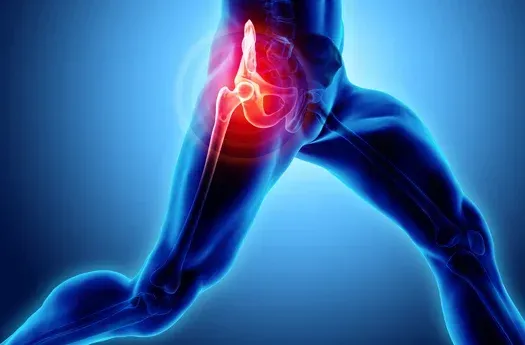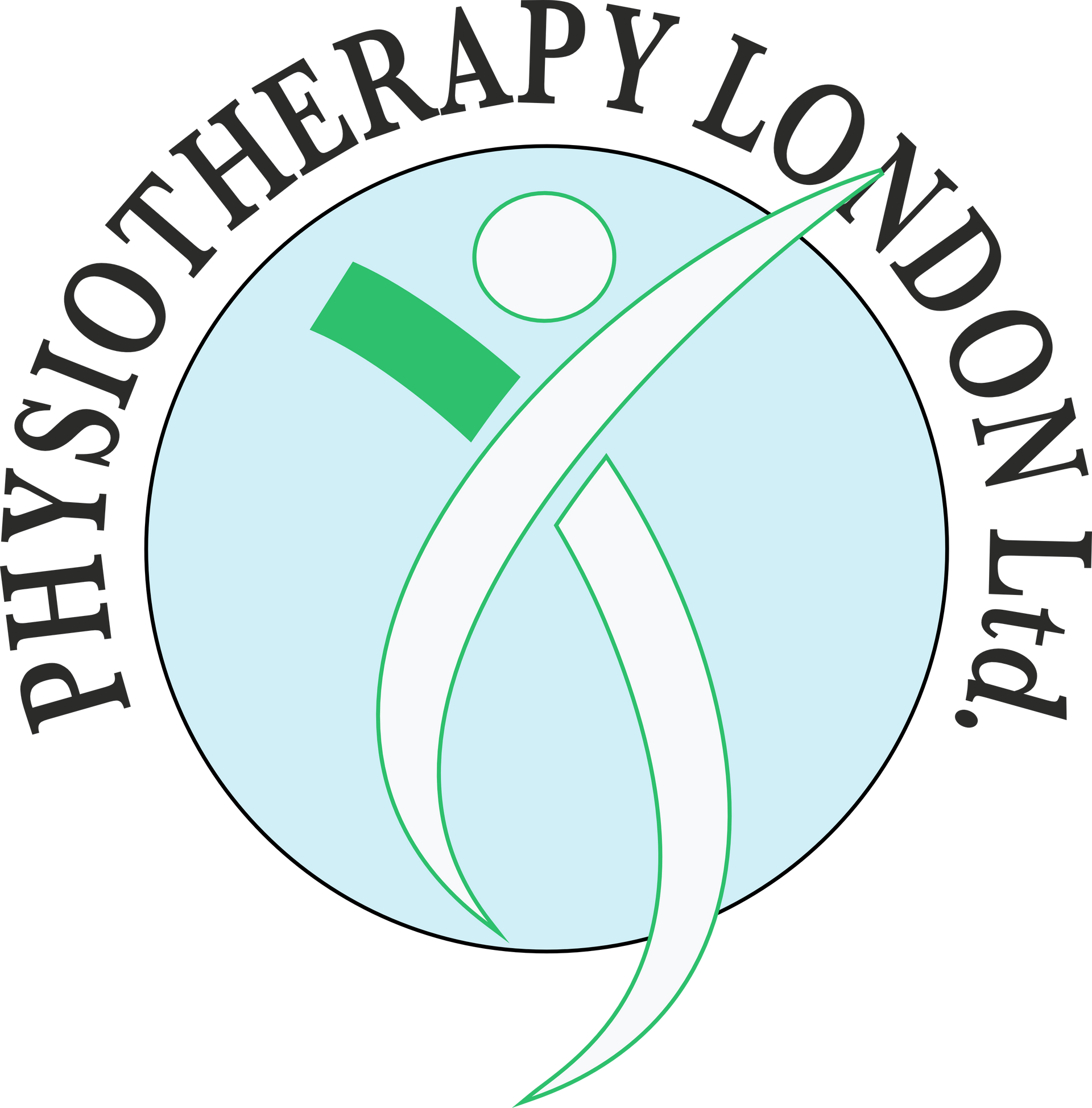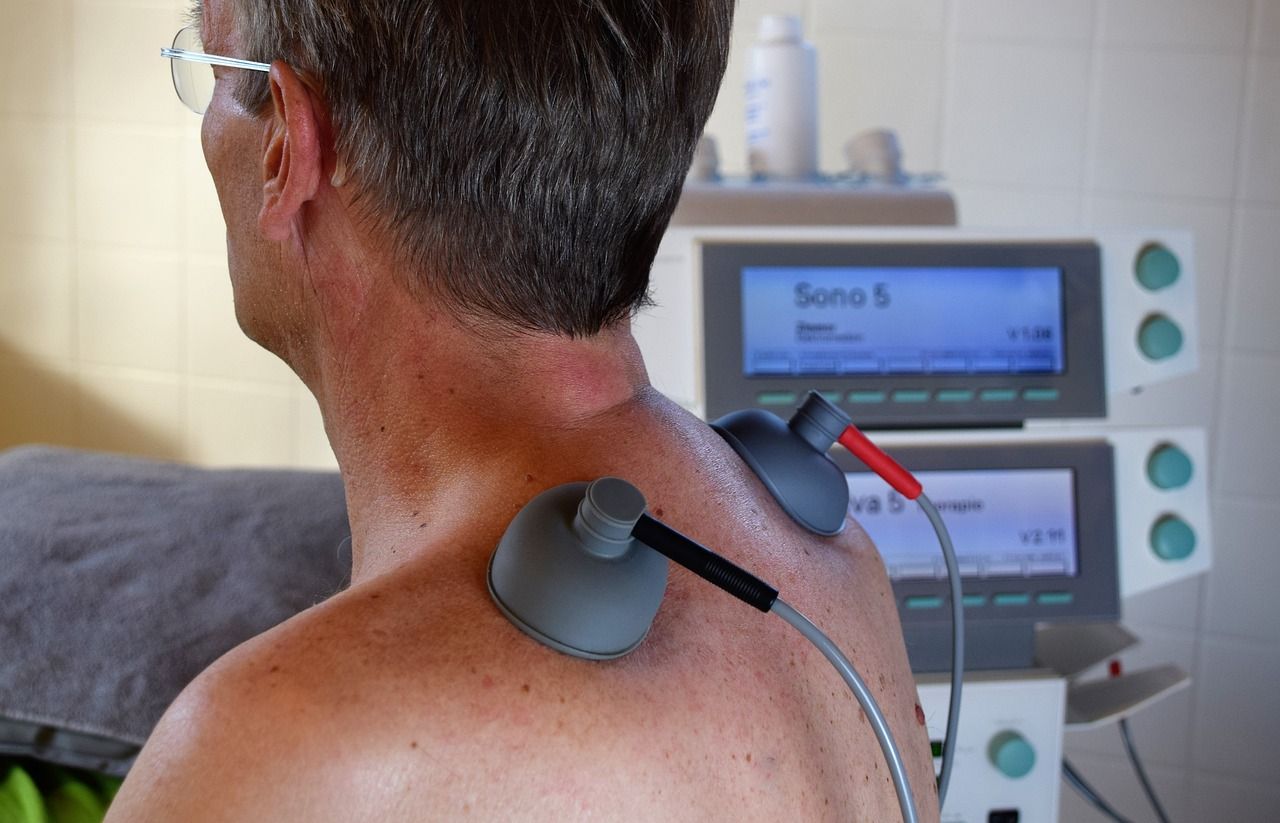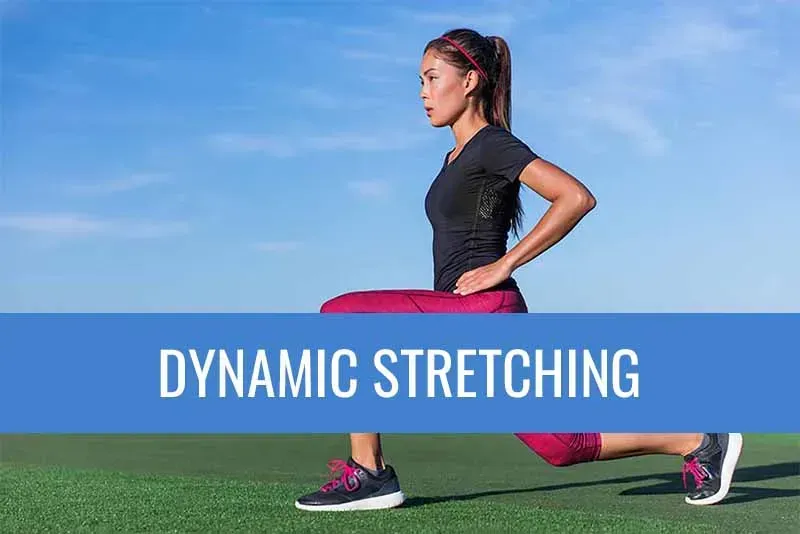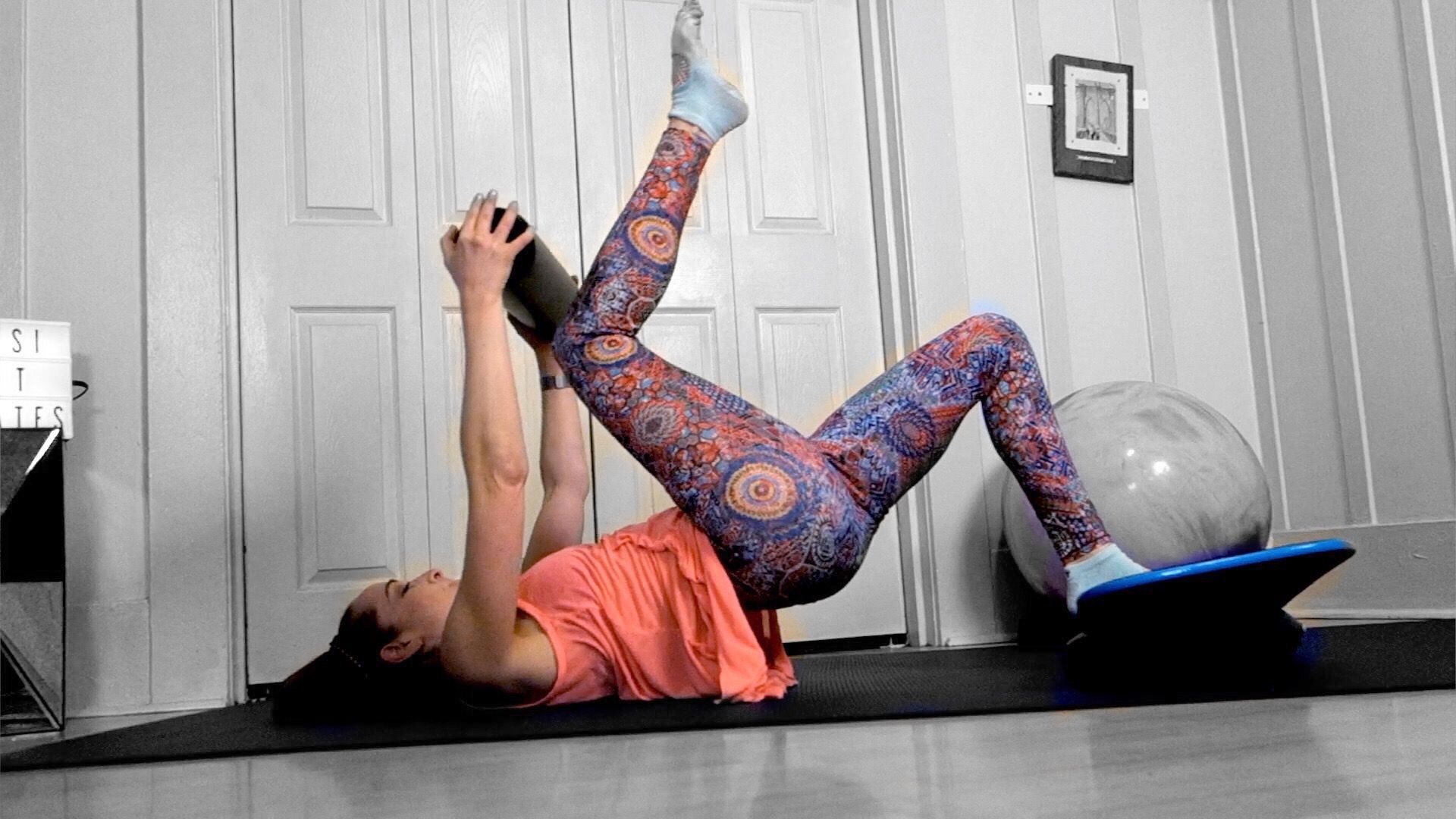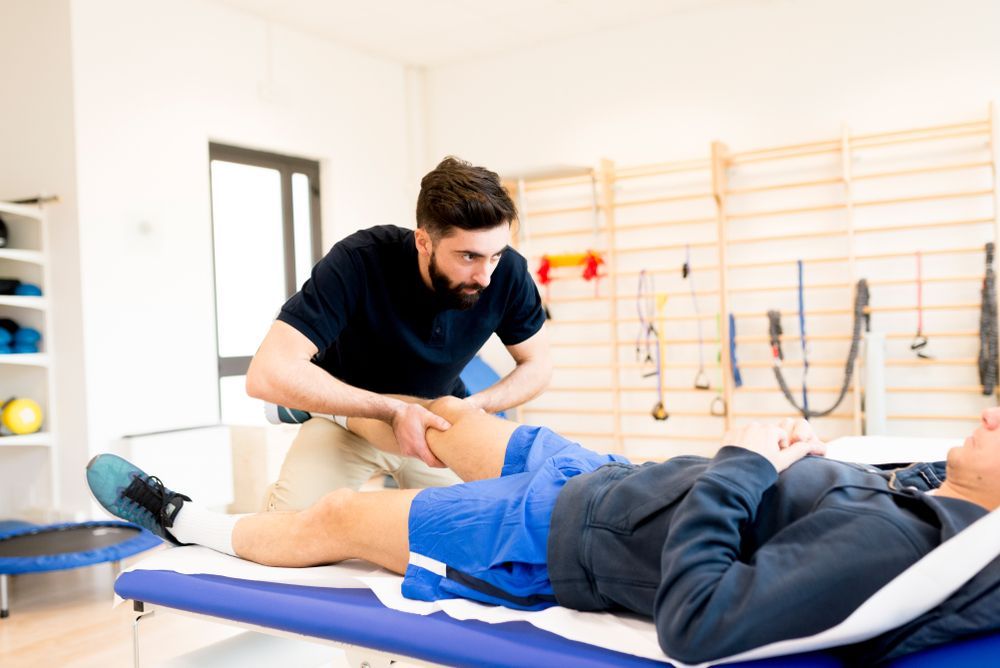Find out about Osteopathy
- By Roza Ferenczi
- •
- 07 Feb, 2018
- •

Andrew Still to his own system in 1883, after he realised the importance of the bones, muscles, ligaments and
connective tissue functioning properly together in order to a person’s wellbeing. The definition of osteopathy may
vary in different countries, but its core principle is that osteopathy – or osteopathie – emphasizes the physical
manipulation of the muscle tissue and bones.
As the other alternative treatments, osteopathy is a form of drug-free, manual medicine. It aims to provide
complete, whole-body health to individuals by treating, massaging and strengthening the musculoskeletal
framework.
It is important to know that it is not a preventive method; osteopathy only treats existing problems and pains.
Significant improvement in mobility and structural stability of the body can be observed as the biggest benefits of
osteopathy.
What does an osteopath do?
pain, shoulder pain, sciatica or other problems related to muscles and joints. Osteopaths use a broad range of
special and professional grips and techniques such as soft-tissue stretching, deep pressure, tactile stimulation,
or mobilisation of joints in order to intervene with pain and discomfort.
To enjoy the benefits of osteopathy, at the first visit to an osteopath, as a patient you will have to tell about your
complete medical history, about your lifestyle, recent diets and all symptoms and discomfort in your body even if
they may seem unrelated to your current problem. It is all important for the osteopath so they can refer the best
treatments to you; or specialist as osteopaths often treat together with a general practitioner, dentist, podiatrist or
other health-care professionals.
Osteopath or chiropractor?
they deal with similar kinds of symptoms of the body, doctors of chiropractic treat more specific and smaller
areas in a particular region of the body. Both professions use similar techniques, but chiropractic might not be for
all, as it tends to use more forceful and powerful manual treatments.
How osteopathy can help?
pain, many other patients can enjoy the benefits of osteopathy. Like those with aches in the head, and ankle or
foot pain; sciatica; shin splints; asthma; arthritis; tennis elbow; whiplash; postural problems or repetitive strain
injury.
The “common” back pain
injury, pregnancy, muscle weakness or inadequate flexibility.
Back stretches are the most used self-healing treatments for back pain. They can be very effective. However, in
conjunction with stretches, osteopaths use a wide range of gentle manual treatments such as massaging the soft
tissues of one’s back; rhythmically “rock” the joints to release tension or to smoothly loosen them. The less
serious back pains can resolve within a few weeks when treated well.
In case of sciatica
time, but can extend all the way down to the thighs or even ankle of the patient in worst cases.
It can be resolved quickly with the appropriate osteopathic management and self-care. Typical treatments aim to
relieve pressure and inflammation, and include spinal mobilisation of the lower lumbar spine, massage to release
muscle cramps, articulation of the affected joints and different rehabilitation exercises.
Headaches
neck or thorax and manipulation of the joints can ease the built-up muscular tension, which can be of one the
reasons for headaches. In other cases, osteopaths can recommend exercises, and lifestyle or posture changes to
help with the pain and discomfort.
If you have other conditions then the ones listed above, still do not hesitate to contact one of you local
osteopaths as they might still be able to help.

